Expansion of LNG Infrastructure
The expansion of liquefied natural gas (LNG) infrastructure in the US is significantly impacting the cryogenic pump market. As the demand for cleaner energy sources rises, LNG is becoming a preferred choice, leading to increased investments in LNG terminals and transportation systems. Cryogenic pumps play a crucial role in the LNG supply chain, facilitating the transfer and storage of LNG at extremely low temperatures. The US LNG market is expected to reach a valuation of over $50 billion by 2026, which suggests a substantial opportunity for cryogenic pump manufacturers. This growth in LNG infrastructure is likely to bolster the cryogenic pump market, as companies seek reliable and efficient pumping solutions.
Increased Focus on Renewable Energy
The growing emphasis on renewable energy sources is influencing the cryogenic pump market positively. As the US transitions towards sustainable energy solutions, technologies such as hydrogen production and storage are gaining traction. Cryogenic pumps are integral to the hydrogen supply chain, particularly in liquefaction processes. The hydrogen market is projected to grow significantly, with estimates suggesting a potential increase of over 20% in the next decade. This shift towards renewable energy not only enhances the demand for cryogenic pumps but also encourages innovation in pump technologies, thereby expanding the market landscape.
Growing Demand in Medical Applications
The cryogenic pump market is witnessing a growing demand in medical applications, particularly in the field of cryopreservation and medical imaging. Cryogenic pumps are essential for maintaining low temperatures required for the storage of biological samples and pharmaceuticals. The increasing prevalence of chronic diseases and the need for advanced medical treatments are driving the demand for cryogenic technologies. The medical sector is projected to grow at a CAGR of around 7% over the next few years, indicating a substantial opportunity for cryogenic pump manufacturers. This trend suggests that the cryogenic pump market will continue to expand as healthcare providers seek reliable solutions for temperature-sensitive applications.
Technological Innovations in Pump Design
Technological innovations in pump design are reshaping the cryogenic pump market. Manufacturers are increasingly focusing on developing pumps that offer higher efficiency, reliability, and lower maintenance costs. Advanced materials and design techniques are being employed to enhance performance under extreme conditions. For instance, the introduction of magnetic drive pumps is gaining traction, as they eliminate the need for mechanical seals, reducing the risk of leaks. This trend towards innovation is expected to drive market growth, as companies seek to improve operational efficiency and reduce downtime. The cryogenic pump market is likely to benefit from these advancements, as they align with the industry's need for more robust and efficient solutions.
Rising Adoption in Aerospace Applications
The cryogenic pump market is experiencing a notable surge in demand due to its increasing adoption in aerospace applications. As the aerospace sector continues to innovate, the need for efficient cryogenic systems becomes paramount. Cryogenic pumps are essential for handling liquid fuels such as liquid oxygen and liquid hydrogen, which are critical for rocket propulsion. The market for aerospace is projected to grow at a CAGR of approximately 5.5% over the next few years, driving the need for advanced cryogenic pump technologies. This trend indicates a robust future for the cryogenic pump market, as aerospace companies seek to enhance performance and reduce costs through improved cryogenic systems.



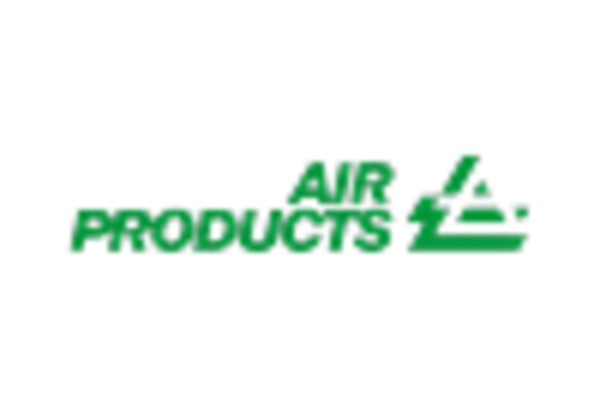
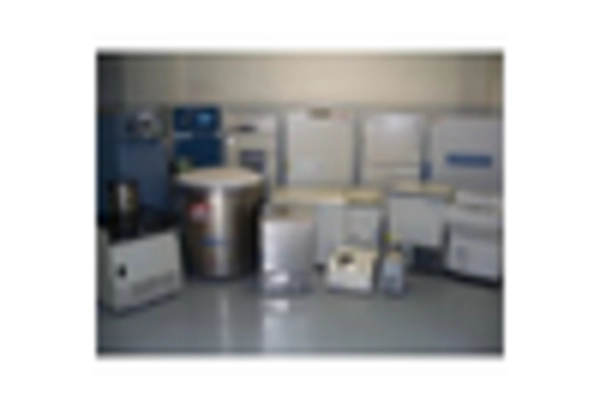
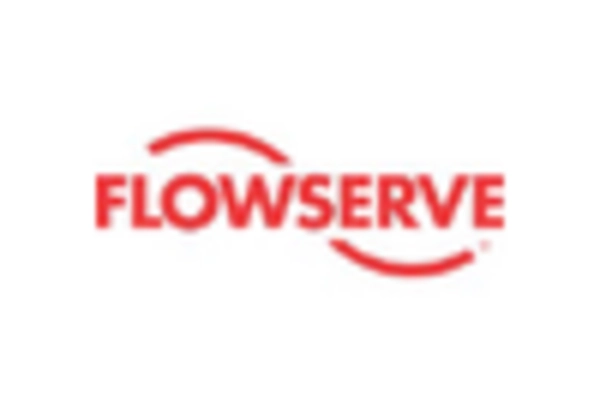
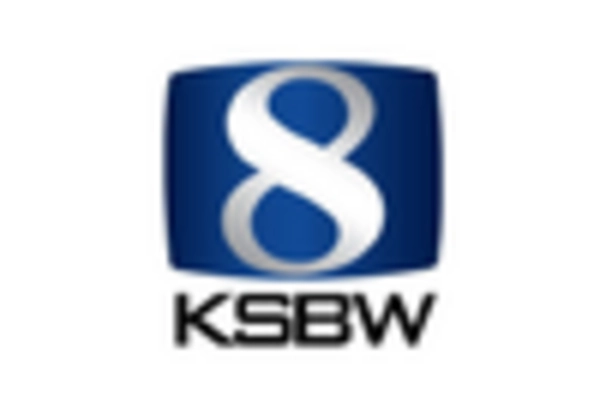
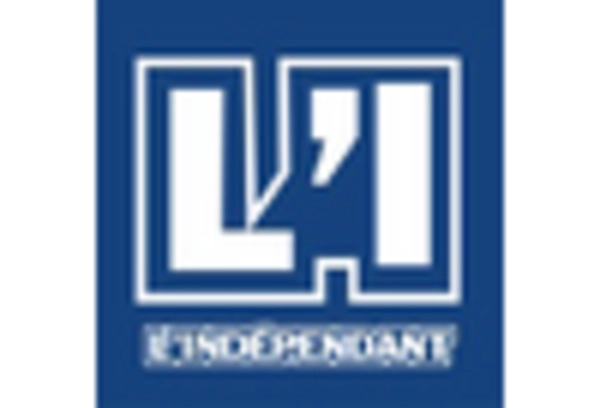
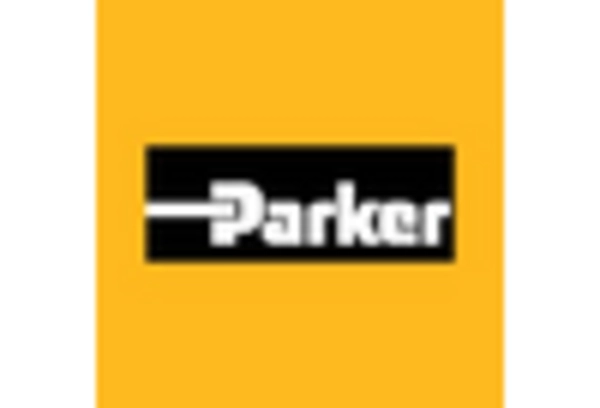








Leave a Comment